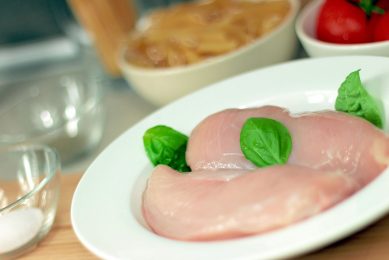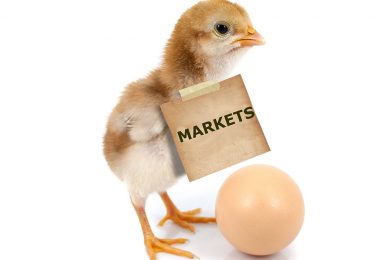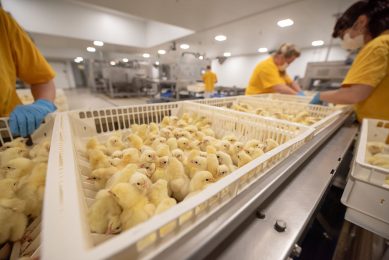Sanderson Farms, results for Q2
Sanderson Farms has reported results for its second fiscal quarter and 6 months ended April 30, 2009.
Net sales for the second quarter of fiscal 2009 were $426.8 mln compared with $433.9 mln for the same period a year ago. For the quarter, net income was $26.2 mln, compared with net income of $6.2 mln, for the second quarter of fiscal 2008.
Net sales for the first 6 months of fiscal 2009 were $815.6 mln compared with $796.4 mln for the first half of fiscal 2008. Net income for the first half of the year totalled $19.5 mln, compared with net income of $12.4 mln, for the first 6 months of last year.
“We are pleased to report a return to profitability for Sanderson Farms during the second fiscal quarter of 2009,” said Joe F. Sanderson, Jr., Chairman and CEO of Sanderson Farms. “Much of the market improvement is due to production cuts and resulting reduced supply of chicken in the market. Demand for chicken at retail grocery stores remains strong and the export market improved compared to our first quarter. However, as in the previous two quarters, demand from some food service customers has been adversely affected by the economic downturn, as demand for protein consumed away from home remains soft. We also benefited from lower feed costs during the quarter compared with a year ago.”
According to Sanderson, overall market prices for poultry products were higher during the second quarter of fiscal 2009 compared with the first quarter of the year. However, prices were mixed compared with prices a year ago. As measured by a simple average of the Georgia dock price for whole chickens, prices increased approx. 6.1% in the company’s second fiscal quarter compared with the same period in 2008. Bulk leg quarter prices were lower by 18.1% compared with last year’s second quarter. Boneless breast meat prices during the quarter were approx. 5% lower than the prior year period. Jumbo wing prices remained strong and averaged $1.39 per pound during the second quarter of fiscal 2009, compared with the average of $0.97 per pound during the second quarter of fiscal 2008, an increase of 43%.
The company’s costs for corn and soybean meal dropped 22.8 and 14.2%, respectively, compared with the second quarter a year ago.
“We are cautiously optimistic as we head into the summer months and what is typically a period of better demand for chicken. Broiler egg sets have continued to be lower, which indicates continued lower supply levels. While our industry has never gone through the summer demand season with 5-6% less chicken, we have also never gone through the summer months with the economy and the American consumers as uncertain and cautious as they are today,” added Sanderson.
Related link:












